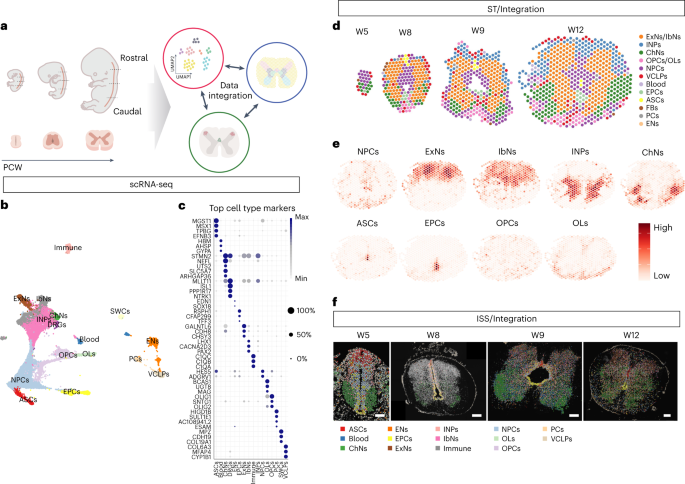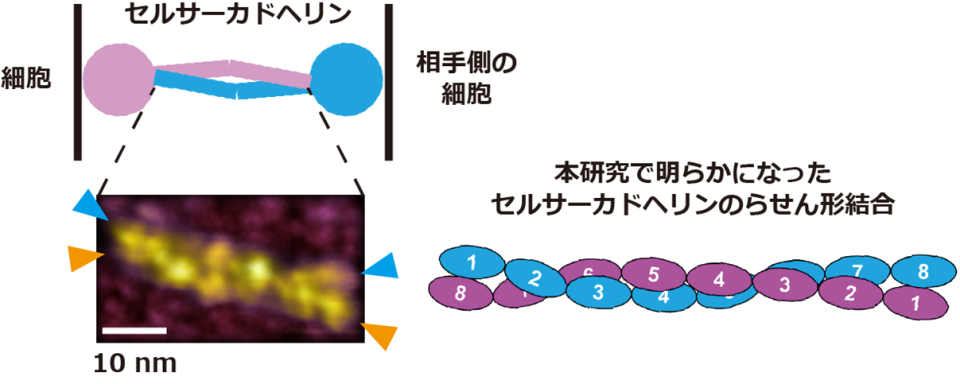2023-04-26 カロリンスカ研究所(KI)
研究チームは、人間の脊髄の全ての細胞タイプの包括的なマップを作成し、胎児期の発達中に細胞がどこにあるか、どの遺伝子を発現するかを示しました。これにより、脊髄がどのように形成され、どのように異なる遺伝子がこの発達を制御するかについての理解が深まり、ALSや神経系のがんなどの脊髄の損傷や疾患の新しい治療法が開発される可能性があります。
<関連情報>
- https://news.ki.se/map-of-spinal-cord-formation-gives-new-knowledge-on-diseases-of-the-nervous-system
- https://www.nature.com/articles/s41593-023-01312-9
発達中のヒト脊髄の時空間的遺伝子発現のプロファイリングと上衣腫起源への示唆 Profiling spatiotemporal gene expression of the developing human spinal cord and implications for ependymoma origin
Xiaofei Li,Zaneta Andrusivova,Paulo Czarnewski,Christoffer Mattsson Langseth,Alma Andersson,Yang Liu,Daniel Gyllborg,Emelie Braun,Ludvig Larsson,Lijuan Hu,Zhanna Alekseenko,Hower Lee,Christophe Avenel,Helena Kopp Kallner,Elisabet Åkesson,Igor Adameyko,Mats Nilsson,Sten Linnarsson,Joakim Lundeberg & Erik Sundström
Nature Neuroscience Published:24 April 2023
DOI:https://doi.org/10.1038/s41593-023-01312-9

Abstract
The spatiotemporal regulation of cell fate specification in the human developing spinal cord remains largely unknown. In this study, by performing integrated analysis of single-cell and spatial multi-omics data, we used 16 prenatal human samples to create a comprehensive developmental cell atlas of the spinal cord during post-conceptional weeks 5–12. This revealed how the cell fate commitment of neural progenitor cells and their spatial positioning are spatiotemporally regulated by specific gene sets. We identified unique events in human spinal cord development relative to rodents, including earlier quiescence of active neural stem cells, differential regulation of cell differentiation and distinct spatiotemporal genetic regulation of cell fate choices. In addition, by integrating our atlas with pediatric ependymomas data, we identified specific molecular signatures and lineage-specific genes of cancer stem cells during progression. Thus, we delineate spatiotemporal genetic regulation of human spinal cord development and leverage these data to gain disease insight.


